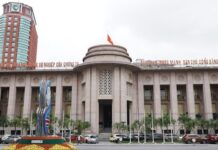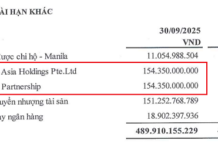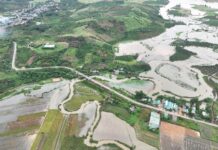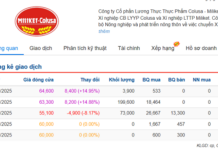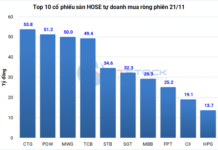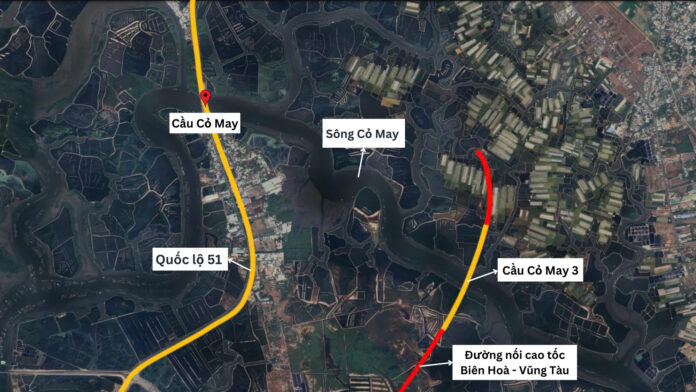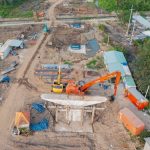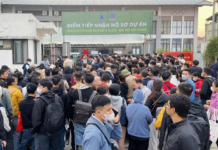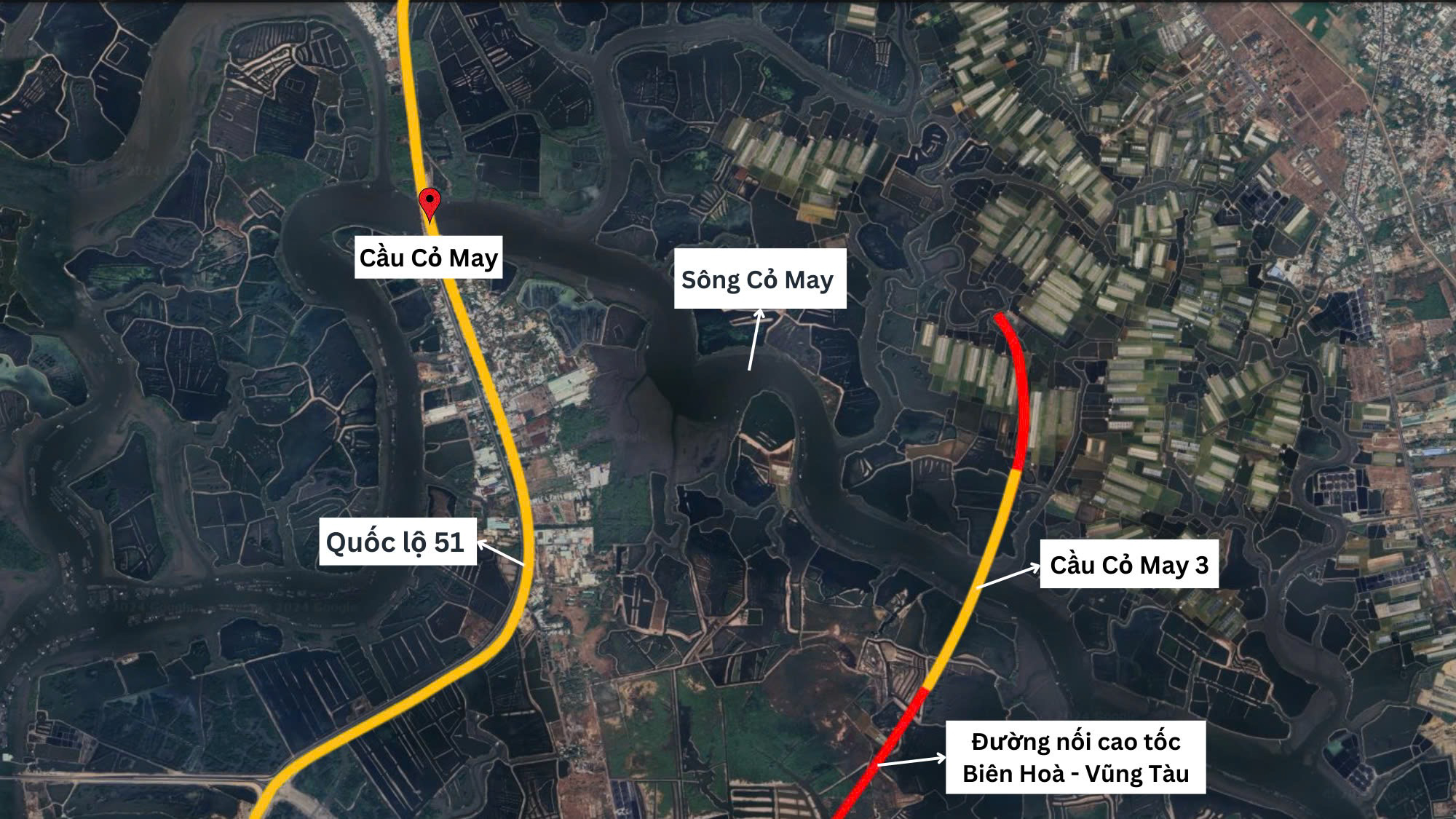
The Cỏ May 3 Bridge will be located on the road connecting Vũng Tàu city to the Biên Hòa – Vũng Tàu expressway, one of the main arteries of the Southeast region. This location plays a pivotal role in linking the port city of Vũng Tàu with key areas such as the Phú Mỹ Industrial Park and the Cái Mép – Thị Vải port system.
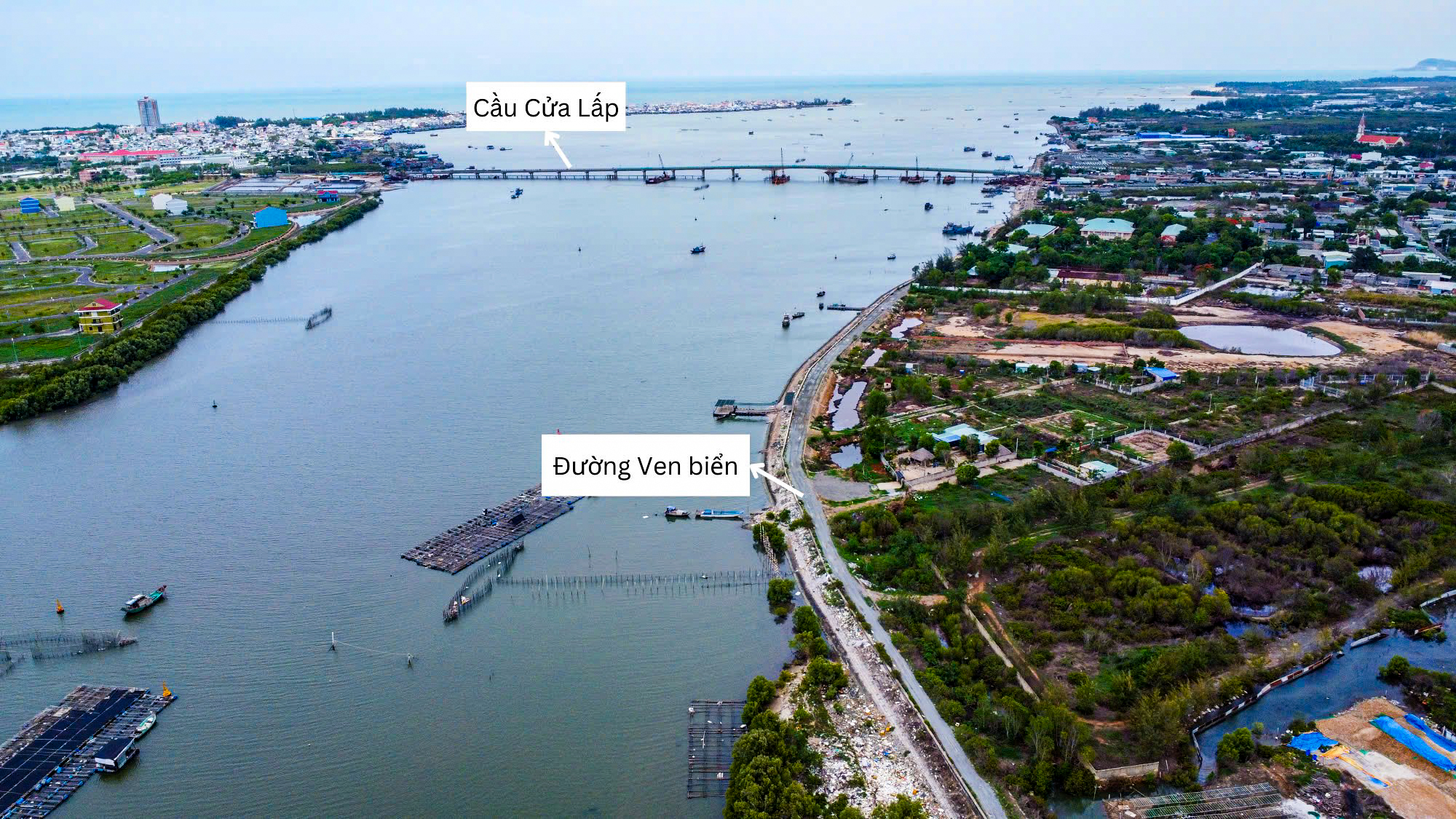
Specifically, the 15.7-kilometer road connecting to the Biên Hòa – Vũng Tàu expressway is divided into three component projects with a total investment of up to VND 18,000 billion. The Cỏ May 3 Bridge is part of the second component project, spanning salt fields, aquaculture ponds, and swamps. The Cửa Lấp Bridge and the Coastal Road are expected to connect with the Cỏ May 3 Bridge, leading into the center of Vũng Tàu city.
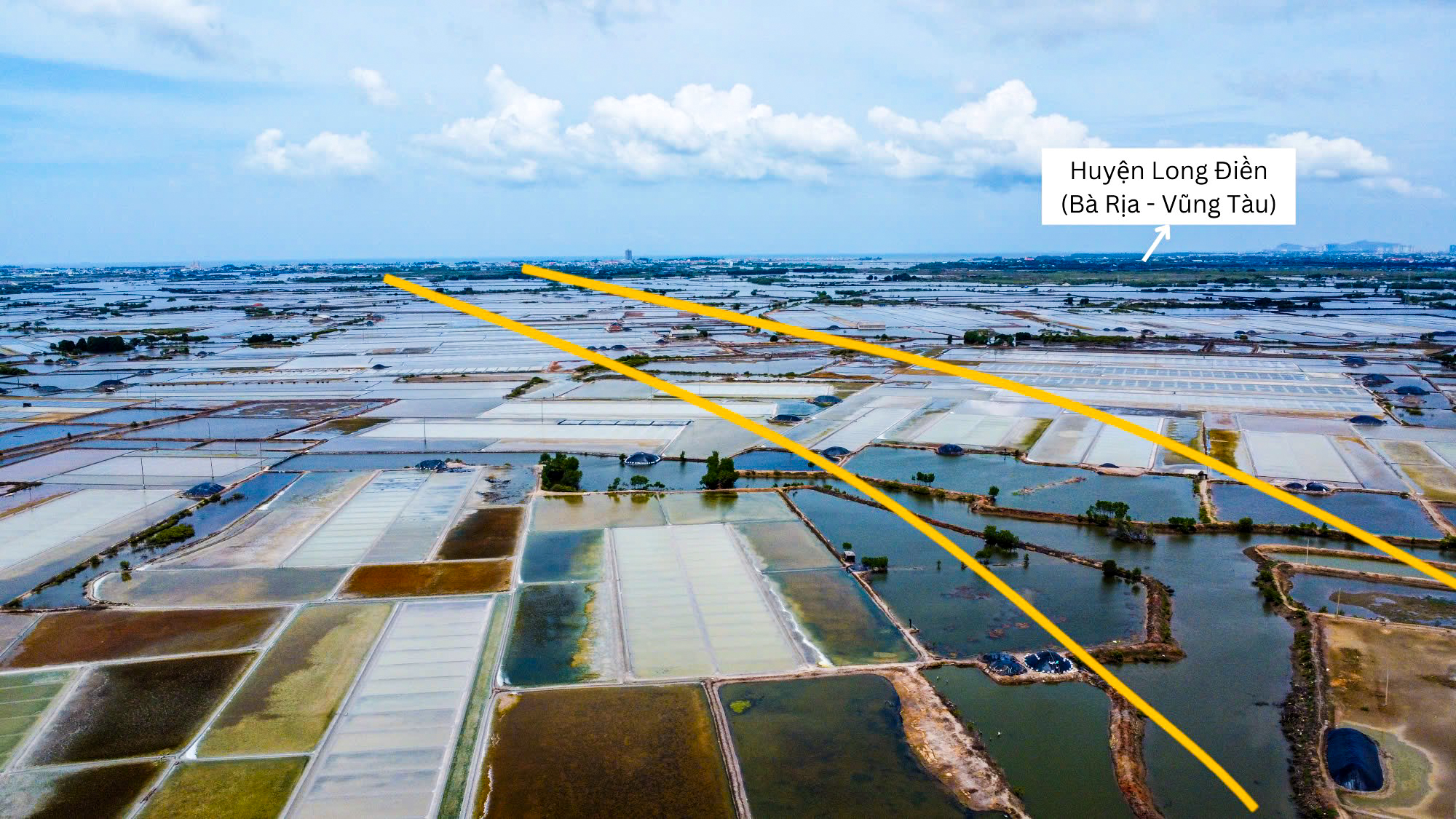
The Cỏ May 3 Bridge project has an expected total investment of up to VND 1,200 billion, allocated for site clearance, bridge construction, approach roads, and other auxiliary works. The bridge’s starting point is in Long Điền district, Bà Rịa – Vũng Tàu province.
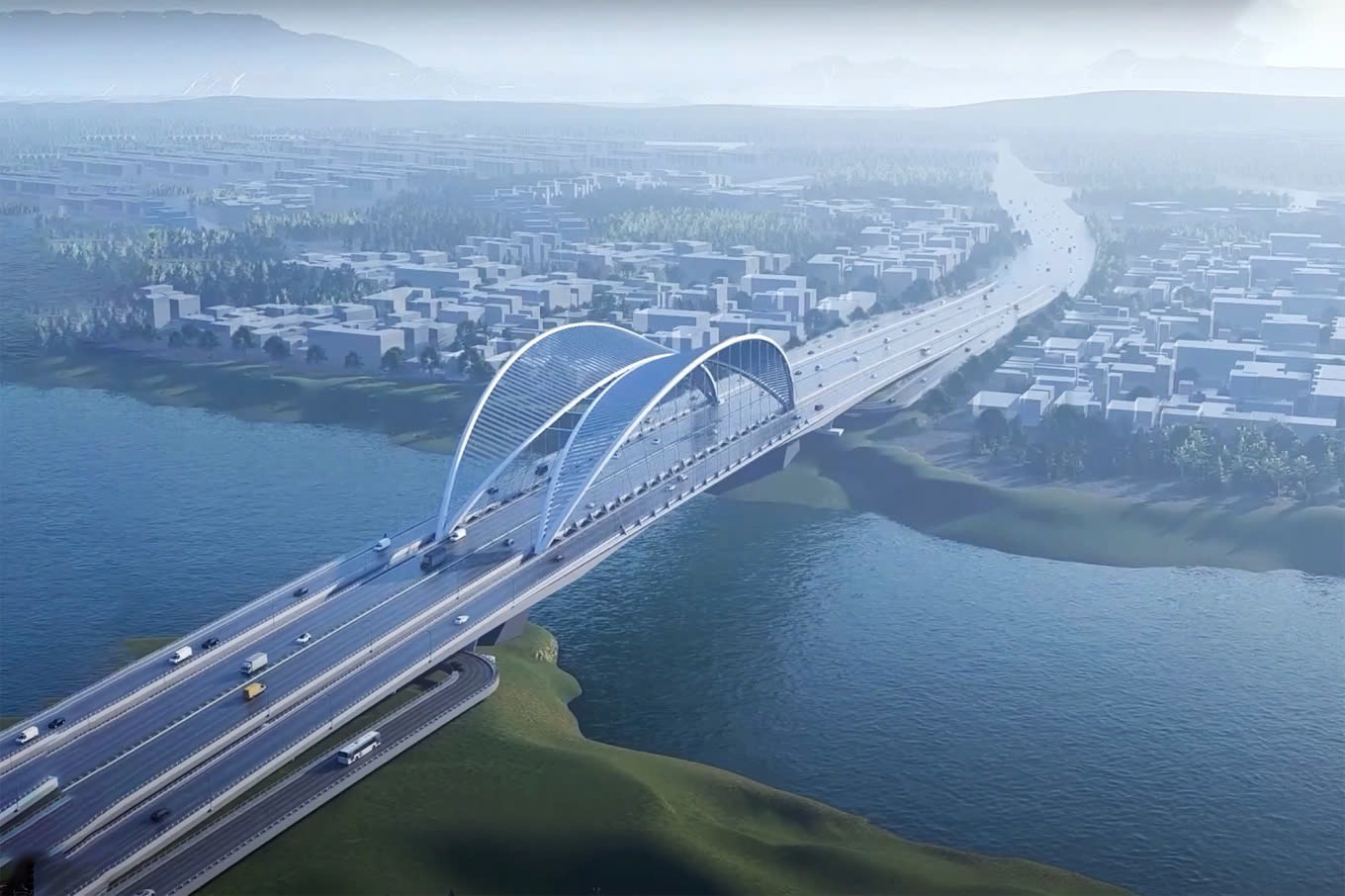
The bridge will be approximately 500 meters long with a width of 25-30 meters, accommodating four lanes of traffic. The bridge on the expressway is designed for a speed of 100 km/h, while the parallel road is designed for 60 km/h. The image shows a perspective view of the Cỏ May 3 Bridge.
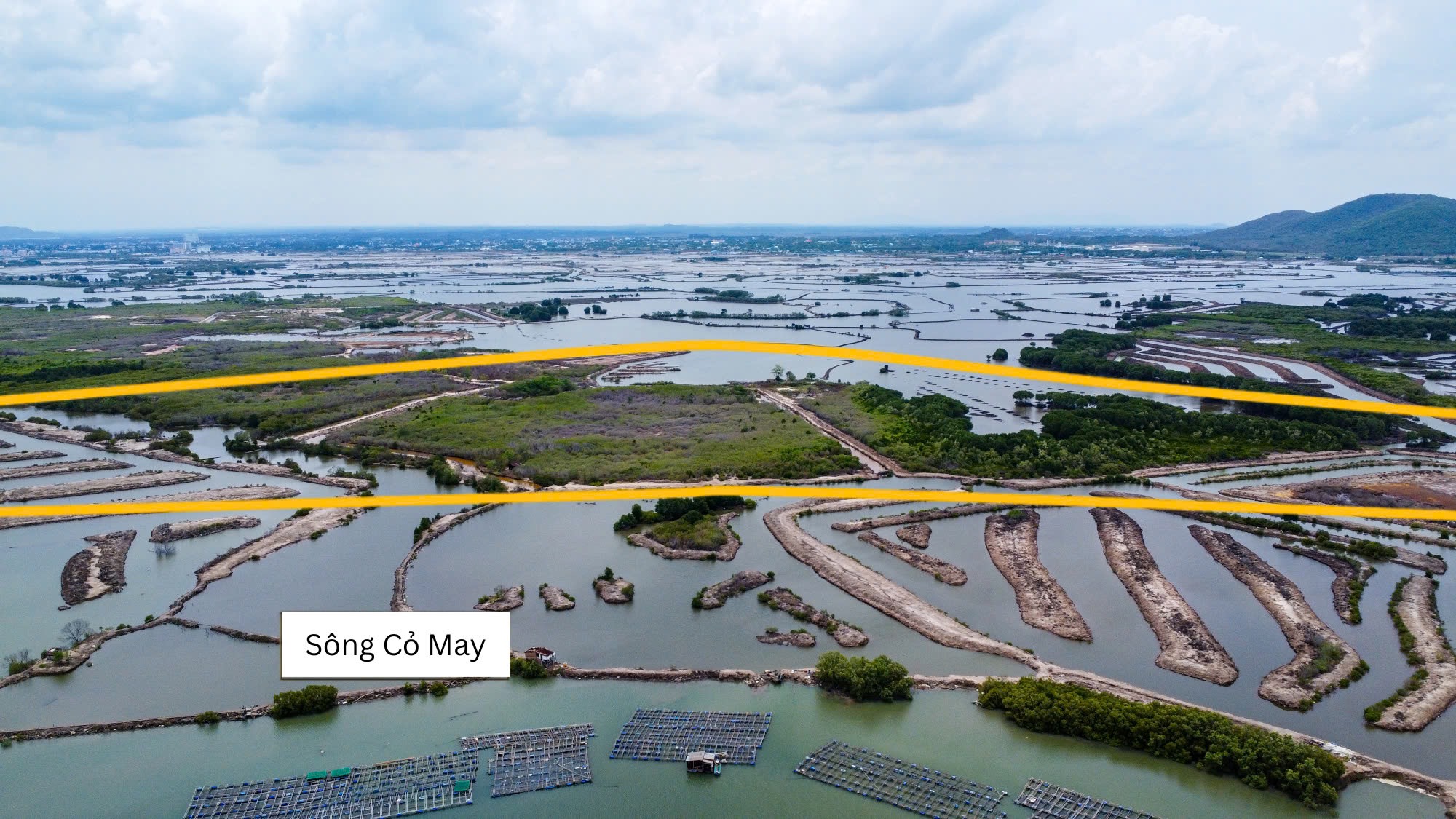
The bridge is also designed to withstand heavy loads, meeting the transportation needs of heavy-duty vehicles serving the region’s industrial and port areas.
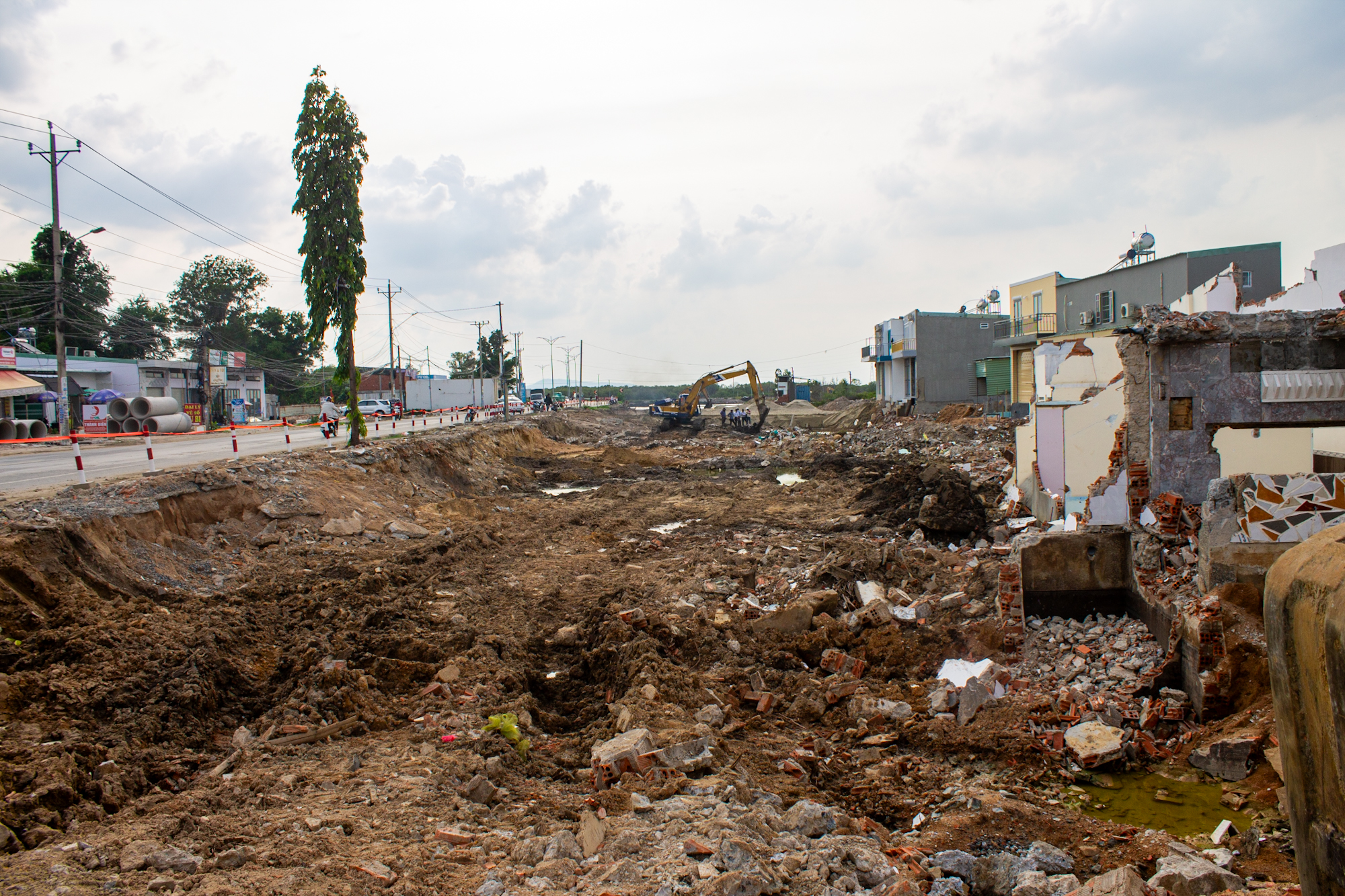
Site clearance is one of the project’s significant challenges. The estimated clearance area spans tens of hectares, affecting hundreds of households and several public works.
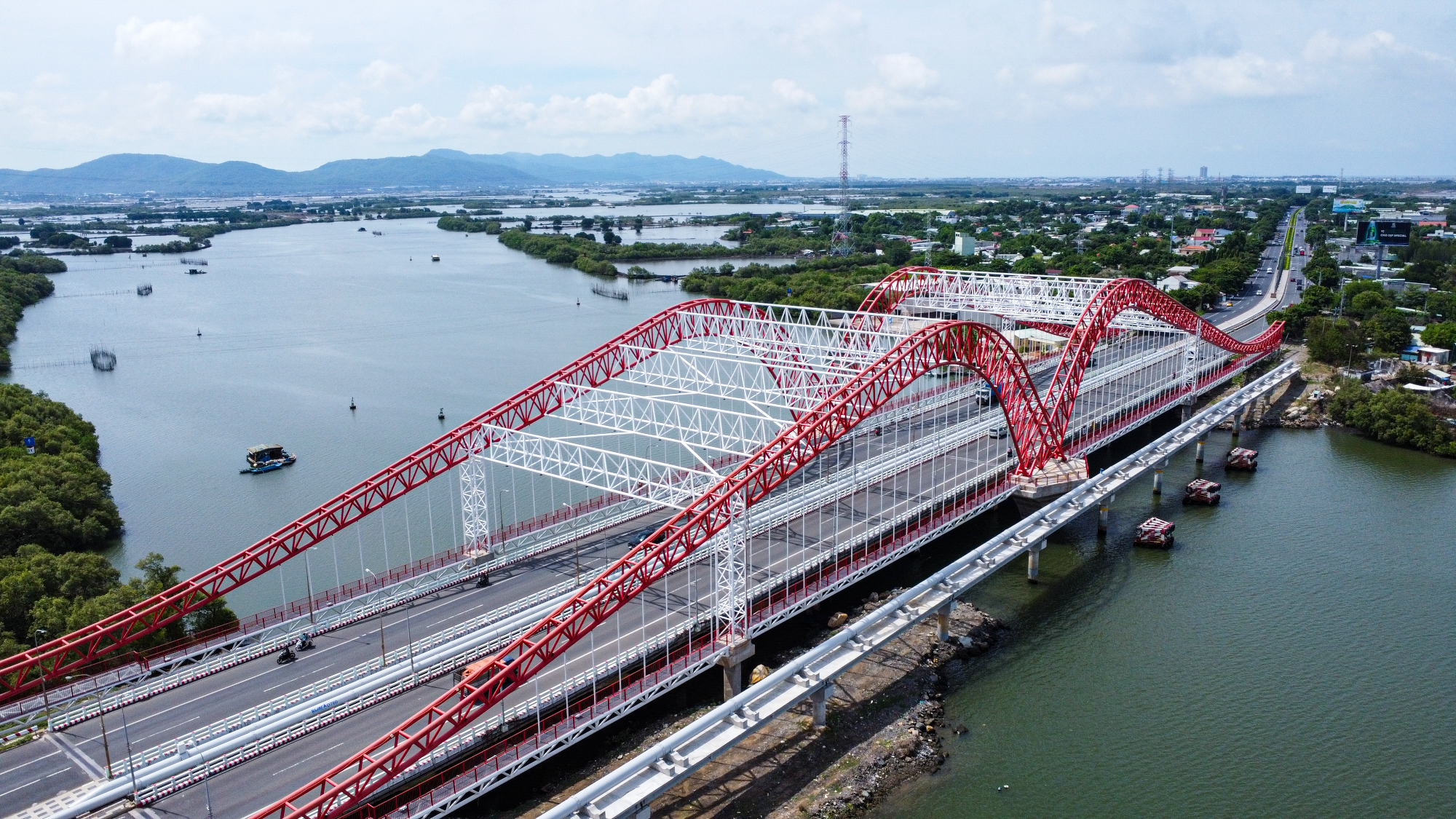
Upon completion, the project will reduce traffic congestion on the existing Cỏ May Bridge and surrounding roads, especially during holidays and festivals when tourist traffic to Vũng Tàu surges. The image shows the current Cỏ May Bridge.
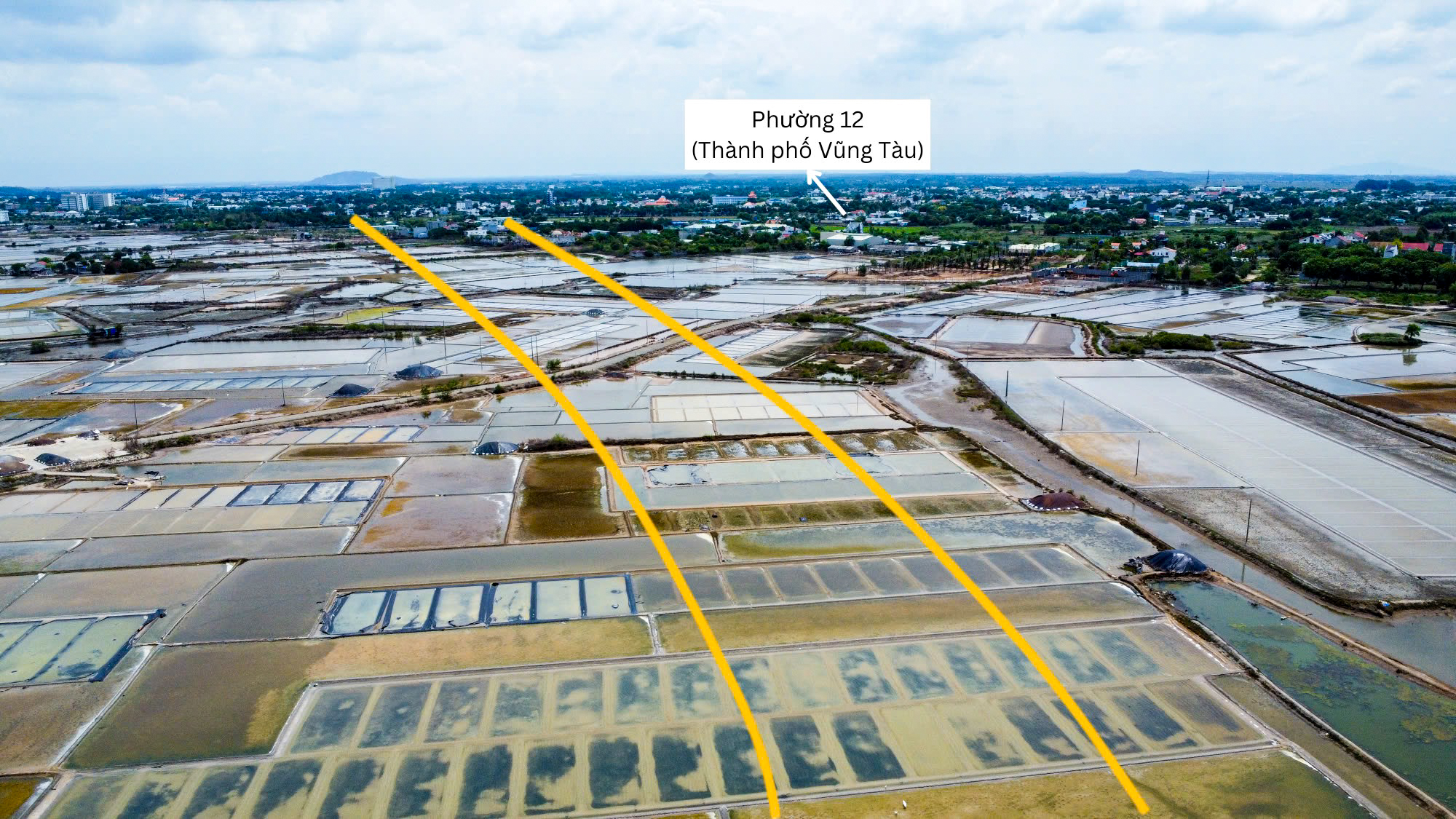
Additionally, the Cỏ May 3 Bridge is expected to provide a significant boost to the local economy, particularly in the fields of industry, port activities, and tourism. By shortening travel time and enhancing connections with major economic centers, the bridge will facilitate investors and businesses.
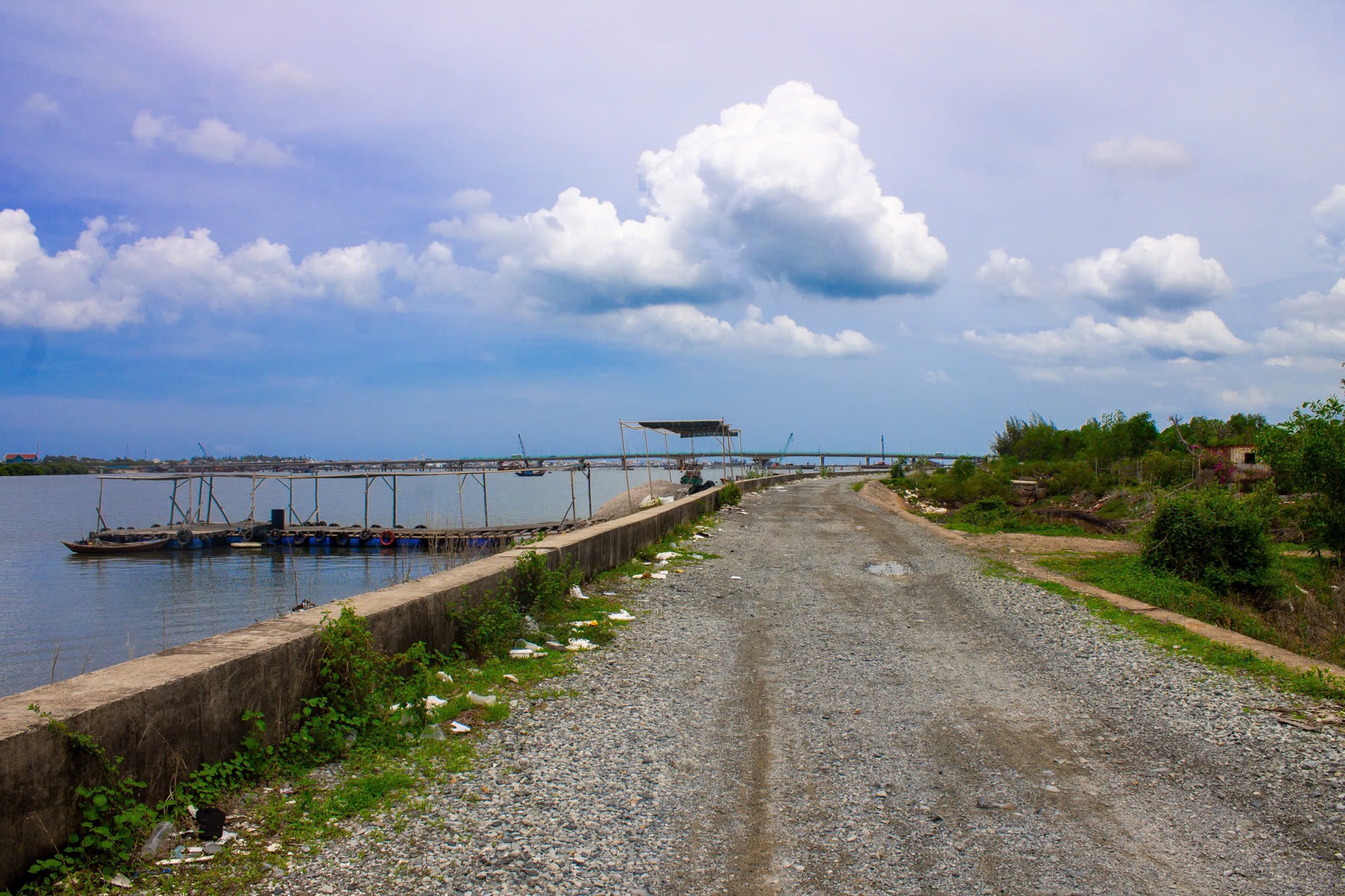
The project’s construction period is expected to last between 36 and 48 months, depending on the site clearance progress and actual construction conditions. The bridge is anticipated to become operational by the end of 2027, becoming one of the largest and most modern bridges in Bà Rịa – Vũng Tàu province. The image depicts the Coastal Road expected to connect with the Cỏ May 3 Bridge.
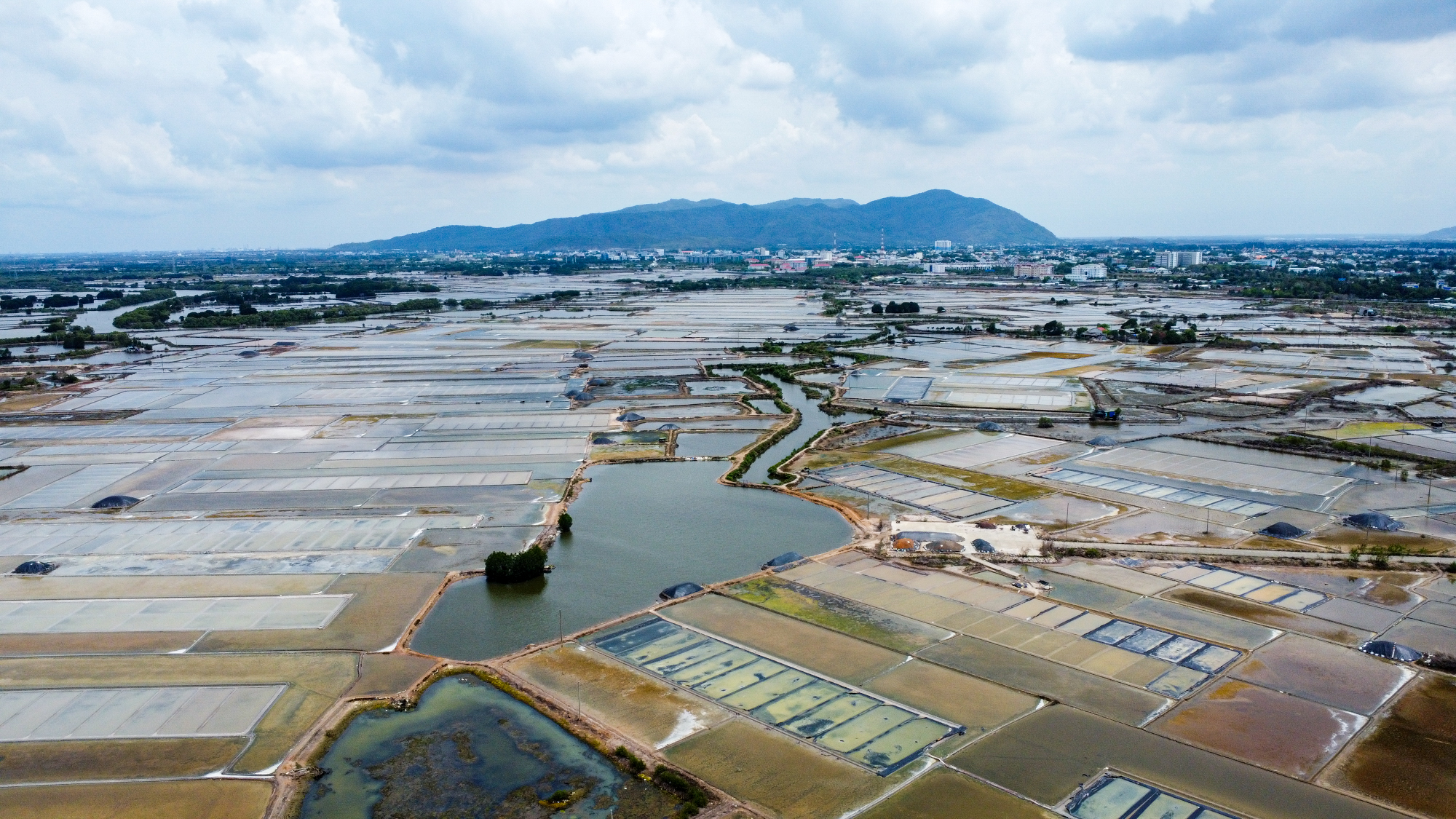
The Cỏ May 3 Bridge project promises to be a strategic transportation infrastructure, playing a crucial role in shaping the future development of Vũng Tàu city and the key economic region in the South.
Bà Rịa – Vũng Tàu province boasts over 100,000 km2 of continental shelf with estimated reserves of approximately 400 million cubic meters of oil (accounting for 93.29% of the country’s total) and over 100 billion cubic meters of gas (16.2% of the country’s total). The area is home to numerous companies and factories serving the oil and gas industry, with Vũng Tàu city as its epicenter.






